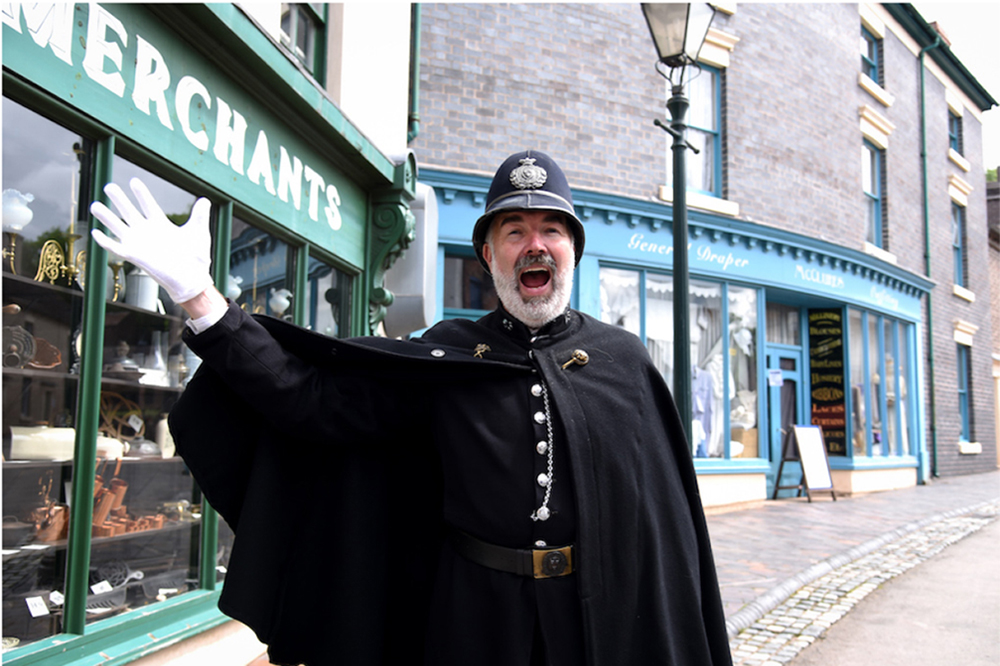UNESCO criteria
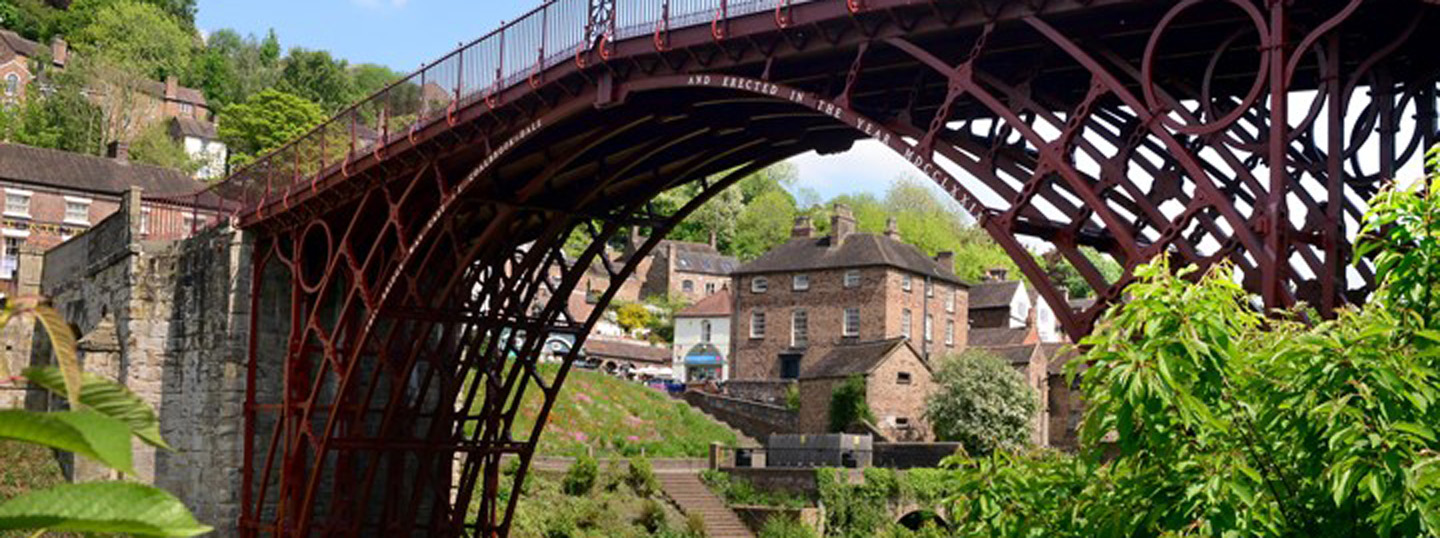
UNESCO criteria
The Outstanding Universal Value that makes Ironbridge Gorge a World Heritage Site.
"World Heritage is our legacy from the past, what we live with today, and what we pass on to future generations. Our cultural and natural heritage are both ireeplaceable sources of life and inspiration.
What makes the concept of World Heritage exceptional is its universal application. World Heritage sites belong to all the peoples of the world, irrespective of the territory on which they are located." - UNESCO
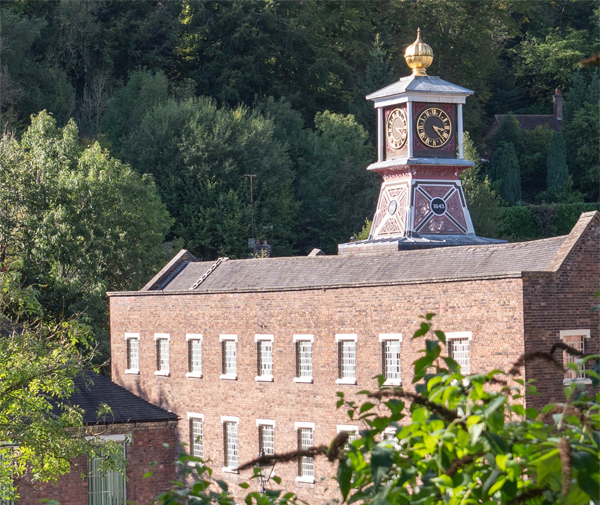

Criterion (I)
to represent a masterpiece of human creative genius:
The Coalbrookdale blast furnace perpetuates in situ the creative effort of Abraham Darby I who discovered the production technique of smelting iron using coke instead of charcoal in 1709. It is a masterpiece of man's creative genius in the same way as the Iron Bridge, which is the first known metal bridge. It was built in 1779 by Abraham Darby III from the drawings of the architect Thomas Farnolls Pritchard.

Criterion (II)
to exhibit an important interchange of human values, over a span of time or within a cultural area of the world, on developments in architecture or technology, monumental arts, town-planning or landscape design;
The Coalbrookdale blast furnace and the Iron Bridge exerted great infulence on the development of techniques and architecture.
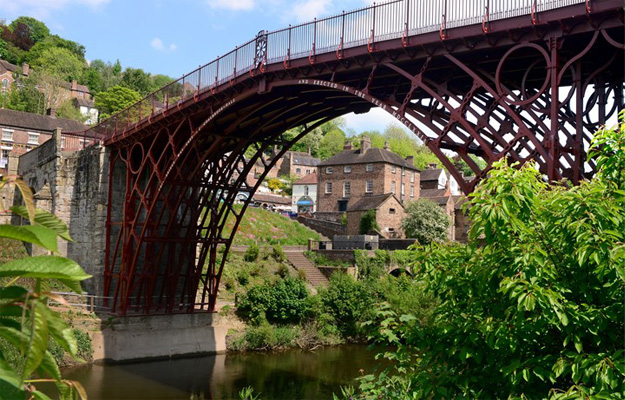
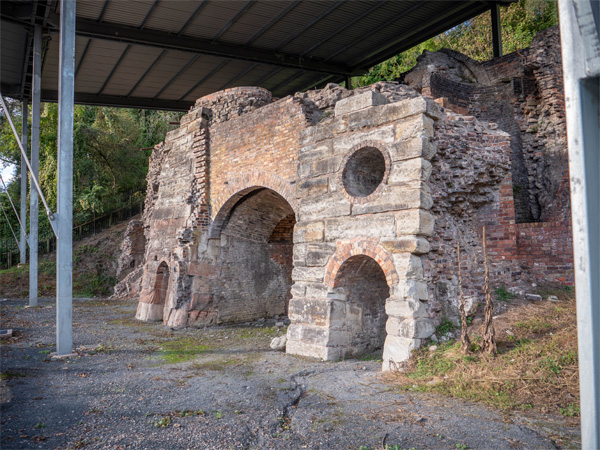

Criterion (IV)
to be an outstanding example of a type of building, architectural or technological ensemble or landscape which illustrates (a) significant stage(s) in human history:
Ironbridge Gorge provides a fascinating summary of the development of an industrial region in modern times. Mining centres, transformation industries, manufacturing plants, workers' quarters, and transport networks are sufficiently well preserved to make up a coherent ensemble whose educational potential is considerable.

Criterion (VI)
to be directly or tanglibly associated with events or living traditionals, with ideas, or with beliefs, with artistic and literary works of outstanding universal significance:
Ironbridge Gorge, which opens its doors to in excess of one million visitors yearly, is a world renowned symbol of the 18th century Industrial Revolution.
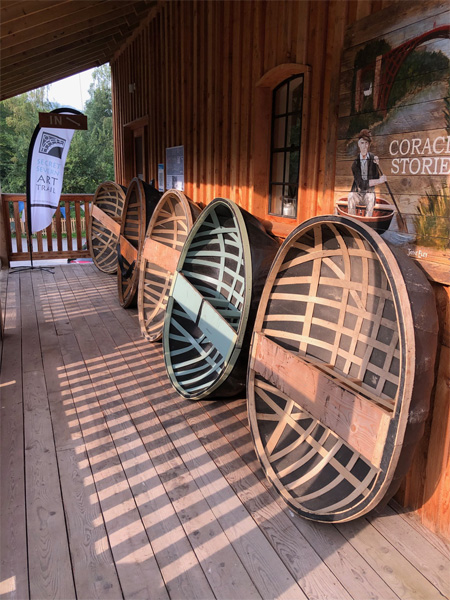
"Since wars begin in the minds of men, it is in the minds of men that the defences of peace must be constructed"
- The Preamble to the Consitution of UNESCO (United Nations Educational, Scientific and Cultural Organization)
About world heritage
UNESCO was founded in London, England in 1945 and is currently headquarted in Paris, France.
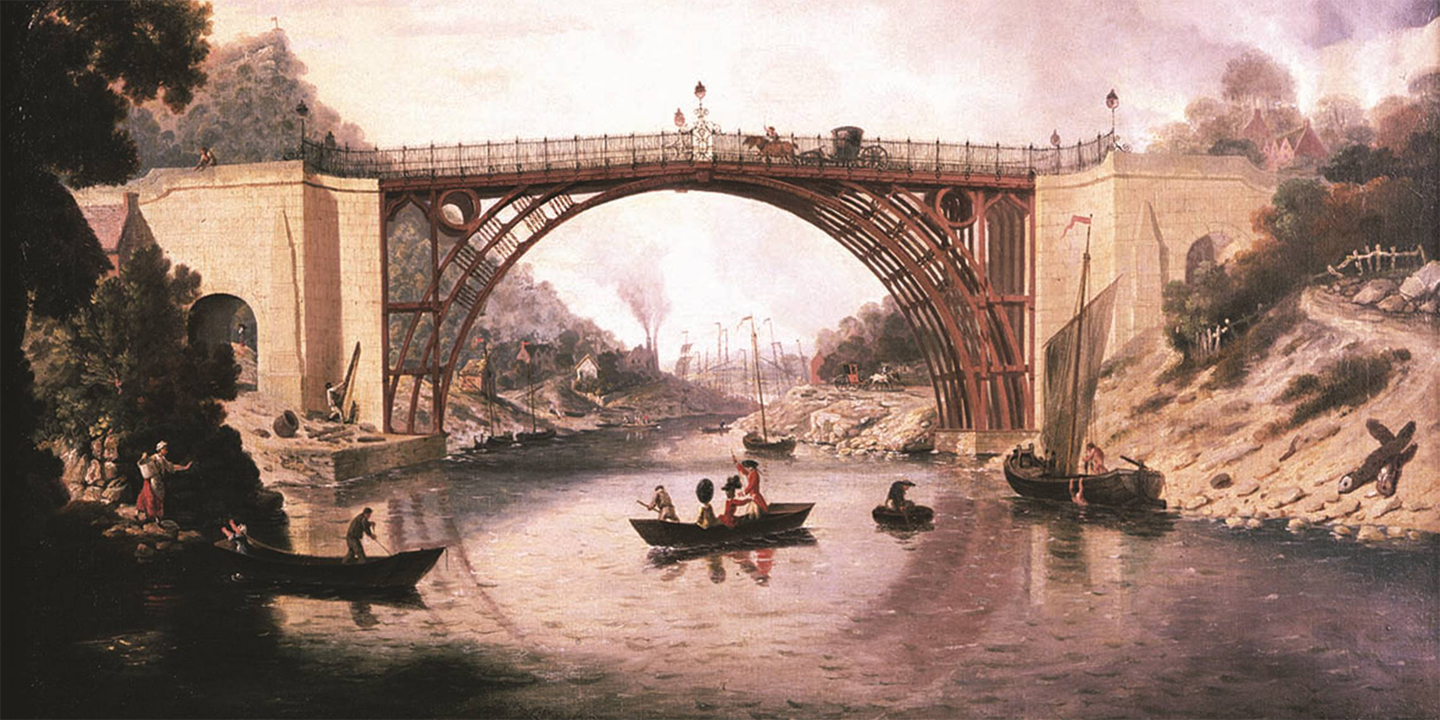
UNESCO is the United Nations (UN) arm that world heritage is designated by
"The United Nations Educational, Scientific and Cultural Organisation (UNESCO) seeks to encourage the indentification, protection and preservation of cultural and natural heritage around the world considered to be of outstanding value to humanity. This is embodied in an international treaty called the Convention concerning the Protection of the World Cultural and Natural Heritage, adopted by UNESCO in 1972." - UNESCO
UK's ratification of the convention
The UK's Ratification of the Convention took place on Tuesday29 May 1984. By ratifying for the World Heritage Convention the UK State Party signed up to preserve, conmvserve and protect all World Heritage Sites within their borders.
This is overseen by Department for Digital, Culture, Media and Sport (DCMS) and advised by Historic England.

The World Heritage List
This includes “places as unique and diverse as the wilds of East Africa’s Serengeti, the Pyramids of Egypt, the Great Barrier Reef in Australia and the Baroque cathedrals of Latin America make up out world’s heritage.”
In the UK there are 33 sites that include Stonehenge in England, St. Kilda’s in Scotland, Gorham’s Cave Complex in Gibraltar, Henderson Island and Historic Town of St George in Bermuda which so the diversity here in the UK and contribute to The List.
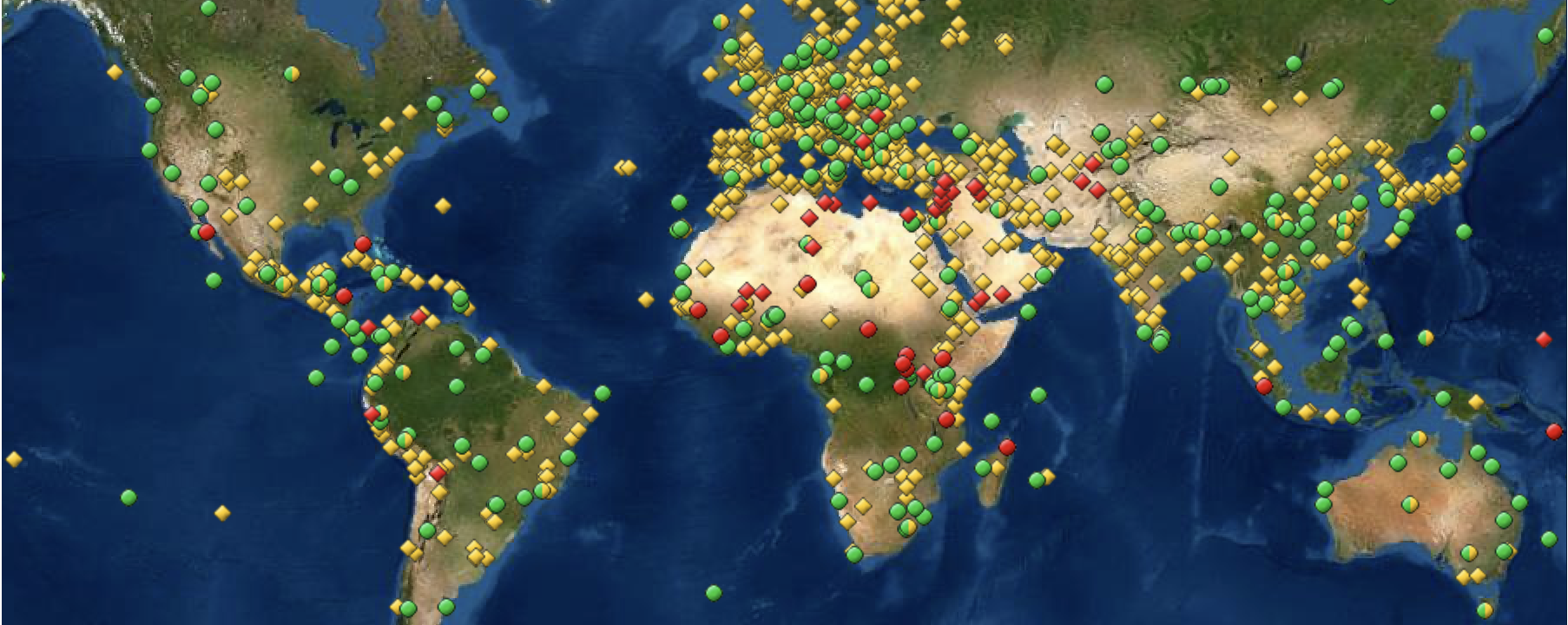
The operational guidelines
The World Heritage Committee, the main body in charge of the implementation of the Convention, developed the criteria for inscribing a World Heritage Site on the List. All is included in a document titled the ‘Operational Guidelines for the Implementation of the World Heritage Convention’.
The Committee regularly revises the document to reflect new concepts, knowledge or experiences. This document is used as the goalpost for managing World Heritage Sites.
The world heritage committee
The World Heritage Committee meets once a year, and consists of representatives from 21 of the States Parties to the Convention elected by their General Assembly.
Together they are responsible for the following:
- the implementation of the World Heritage Convention
- final say on whether a property is inscribed on the World Heritage List
- examines reports on the state of conservation of inscribed properties and asks States Parties to take action when properties are not being properly managed
- decides on the inscription or deletion of properties on the List of World Heritage in Danger.
UNESCO’s Advisory Bodies
Named in the Convention are three international non-governmental or intergovernmental organizations that advise the Committee.

International Union for Conservation of Nature
The International Union for Conservation of Nature was established in 1948 and is located in Gland, Switzerland.
The IUCN provides the Committee with technical evaluations of natural heritage properties and reports on the state of conservation of listed properties.

International Council on Monuments and Sites
The International Council on Monuments and Sites was established in 1965 and is located in Paris, France.
ICOMOS provides the Committee with evaluations of cultural and mixed properties proposed for inscription on the World Heritage List.
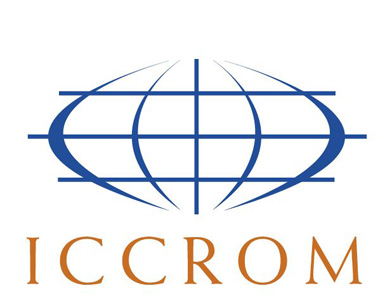
International Centre for the Study of the Preservation and Restoration of Cultural Property
The International Centre for the Study of the Preservation and Restoration of Cultural Property established in 1959 and located in Rome, Italy.
ICCROM provides the Committee with education and training of cultural heritage conservation, in every region of the world.
National Committees
The National Committees associated with UNESCO and their Advisory Bodies are representatives of their parent organization located and focused on the State Parties they are in. For this instance we will only focus on the UK National Committees.
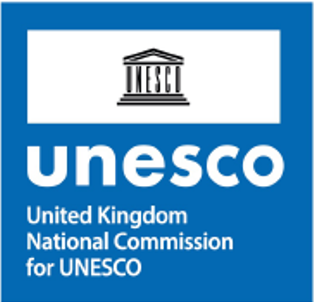
The United Kingdom National Commission for UNESCO was established in 1946.
UNESCO’s constitution established action through two levels: governments and National Commissions. Based on the notion that political agreements were not enough to create a long and enduring peace, it was up to National Commissions to work with the people of their respective country. The Commissions were seen as essential bridges between UNESCO, national governments and civil society, helping to shape UNESCO’s programmes and advise on relevant policies.

IUCN National Committee UK
IUCN National Committee UK (NCUK) was established in 1997.
NCUK represents the interests of their UK Members in the IUCN to deliver the Global Programme and its regional interpretation. NCUK emphasizes the IUCN tools and guidance documents on nature conservation and their use.

ICOMOS-UK is the national committee of ICOMOS
ICOMOS-UK is the national committee of ICOMOS, they play a vital role in advising on aspects of World Heritage and sites for nomination across the UK. ICOMOS UK are an independent charity with a UK-wide and international mission to promote and support best practice in the conservation, care and understanding of the historic environment.
